Cheongsams: 10 FAQs Every Beginner Asks
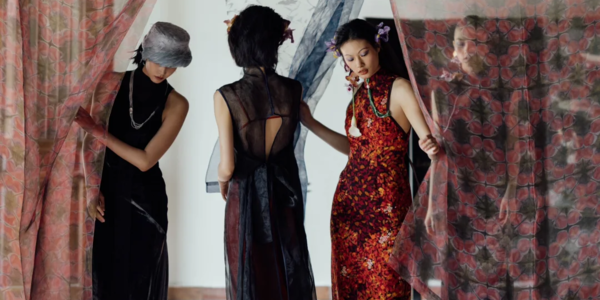
I’ve always wondered—do people who love Hanfu also enjoy the qipao? While both are rooted in Chinese culture, each has its own unique beauty. I’ve been into Hanfu for quite a while, but I know a bit less about qipao by comparison.
Many Hanfu enthusiasts I know have said they’d love to try wearing a cheongsam dress someday, but they also have lots of questions. They’re not always sure how to style it properly, or how to wear it with confidence and elegance.
This post pulls together some of those common questions for anyone curious about trying out the qipao, in the hope that it’ll make the process of choosing one a little easier.
Q1. Is the qipao suitable for all body types?
A: The qipao is known for being very form-fitting, which means it highlights the waistline and hips. For those with fuller figures or very slim builds, an off-the-rack dress may not fit well—you might need a custom-made piece tailored to your measurements.
Q2. Can you wear sneakers with a qipao?
A: Generally, the answer is no. The traditional elegance of a qipao doesn’t pair well with the casual vibe of sneakers. High heels or traditional Chinese-style shoes are usually the best match to keep the overall look cohesive.
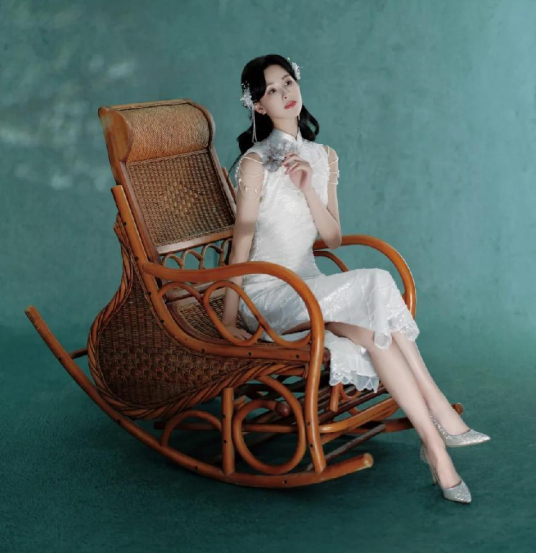
That said, if you’re someone who enjoys expressing individuality, there’s no strict rule stopping you. As long as it doesn’t affect others, you’re free to style yourself however you like. After all, many younger people today embrace bold, rebellious fashion choices. I’ve even seen qipao fans at events mixing their outfits with subculture-inspired accessories—and it definitely shows personality.
( Similar to the following picture ↓ ↓ )
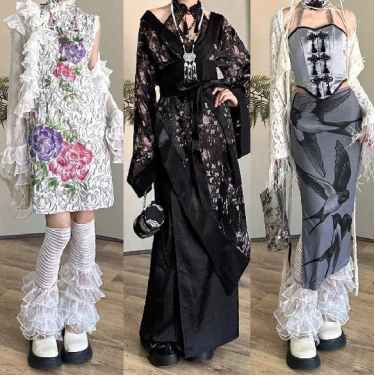
Q3. How should you choose the color of a qipao?
The color of your cheongsam dress should match both your skin tone and the occasion. In general, people with fairer skin can wear a wider range of colors, including deeper shades, while those with darker skin may find softer, lighter tones more flattering.
Here’s a small tip: start with some “safe colors” that work well for most skin tones, such as off-white, light beige, soft gray, or navy blue—these are hard to go wrong with.
On the other hand, avoid “unforgiving colors,” like neon shades (unless your skin is very fair or very dark), overly bright jewel tones, or dusty purples, which can make yellow-toned skin look dull.
Another trick is to use neighboring colors for balance. For example, if you want to try a tricky shade like yellow but have warm-toned skin, pairing it with a beige underlayer can soften the contrast and make it more wearable.
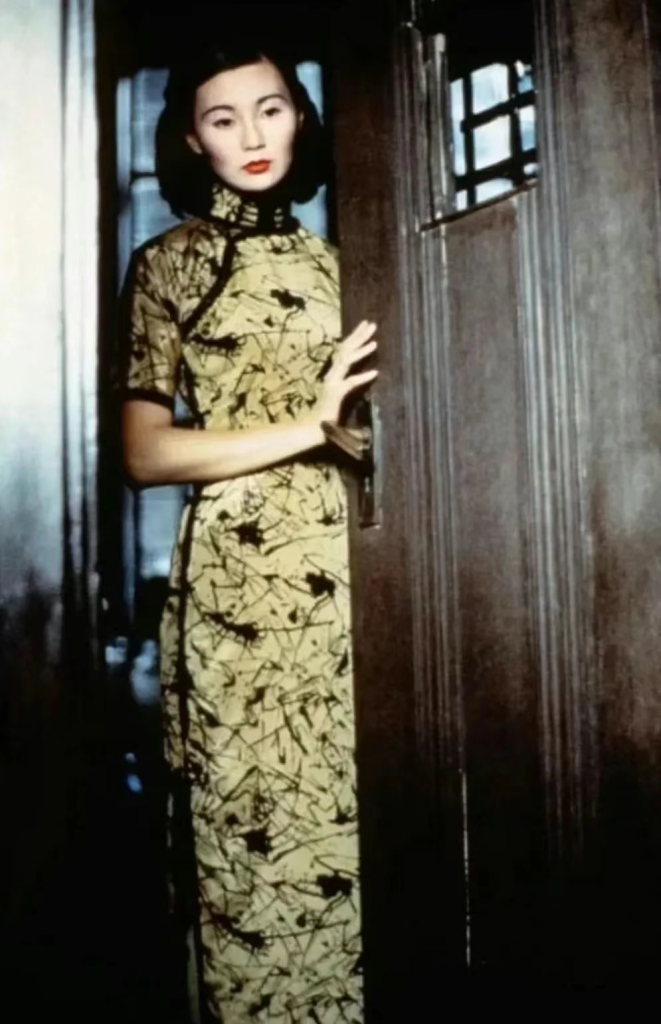
Q 4. Can you wear a lot of jewelry with a qipao?
It’s best not to over-accessorize. A qipao is already very distinctive with its high collar, diagonal fastening, and elegant lines. Pair it with slim heels and just one or two refined pieces—like earrings or a bracelet—for a polished, tasteful look. Too much jewelry can easily make the outfit appear gaudy.
Q5. Is there a rule for qipao length?
Generally, the hemline works best just below the knee. Too long can look heavy and draggy, while too short takes away from the qipao’s elegance. That said, if you’re tall and confident in your figure, you have more freedom to play with different lengths.
Q6. Can you eat while wearing a qipao?
Of course you can, but be mindful of your posture and movements. Since the neckline is quite high, take care not to stain the fabric.
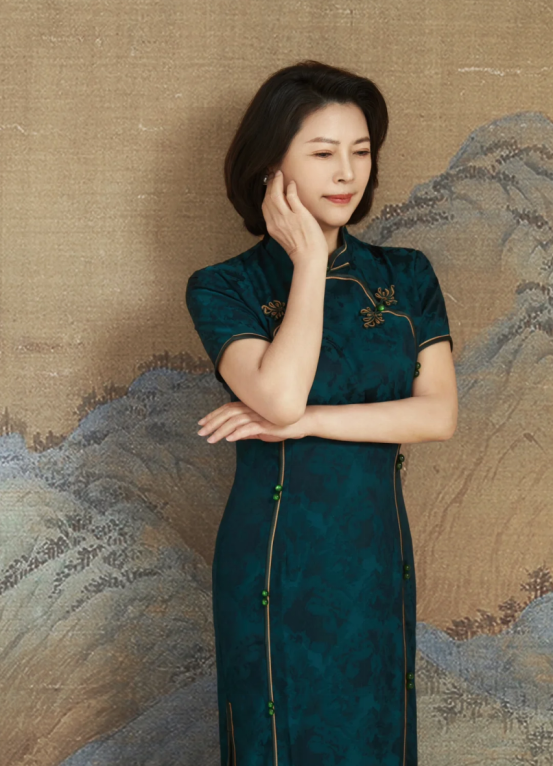
Q7. Is the qipao suitable for every occasion?
Not exactly. The qipao shines in more formal or traditional settings, such as weddings, banquets, or upscale events. For casual, everyday outings, it can feel a bit too dressy.
Q8. Can you leave your hair down when wearing a qipao?
It’s possible, but not ideal. Because the cheongsam dress has a high collar, wearing your hair down can make your neck look shorter and reduce the elegant effect. An updo or even a simple ponytail helps keep the look fresh, polished, and refined.
Q9. What about fabric choices for a qipao?
Fabric should match the season and occasion. In summer, light and airy materials like silk work best. In autumn, cotton or linen is more comfortable. For winter, heavier fabrics such as velvet, wool blends, or thicker cotton and linen provide warmth and structure.
Q10. Can you wear makeup with a qipao?
Yes—but keep it balanced. A qipao pairs best with soft, elegant makeup. Heavy or dramatic looks can clash with the outfit and risk making it look less refined.
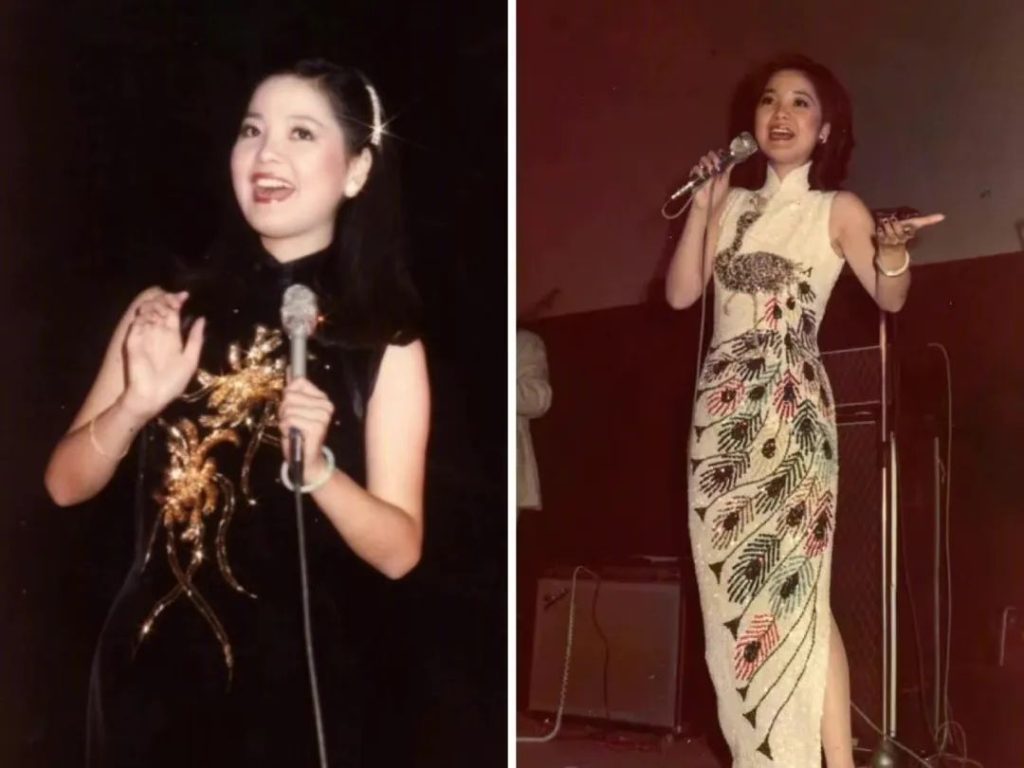
Summary
So, after going through these ten FAQs, do you feel more confident about styling and wearing a cheongsam dress? Hopefully, this post gave you a few useful tips and fun insights.
And here’s a question for you: if you owned a qipao, where would you wear it? Share your thoughts in the comments!
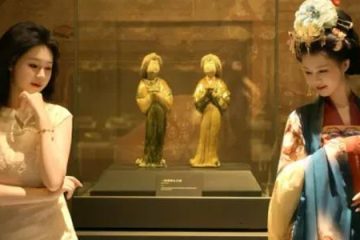
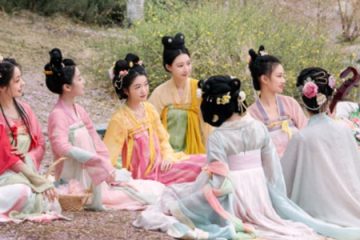
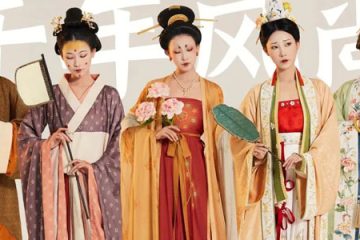
0 Comments